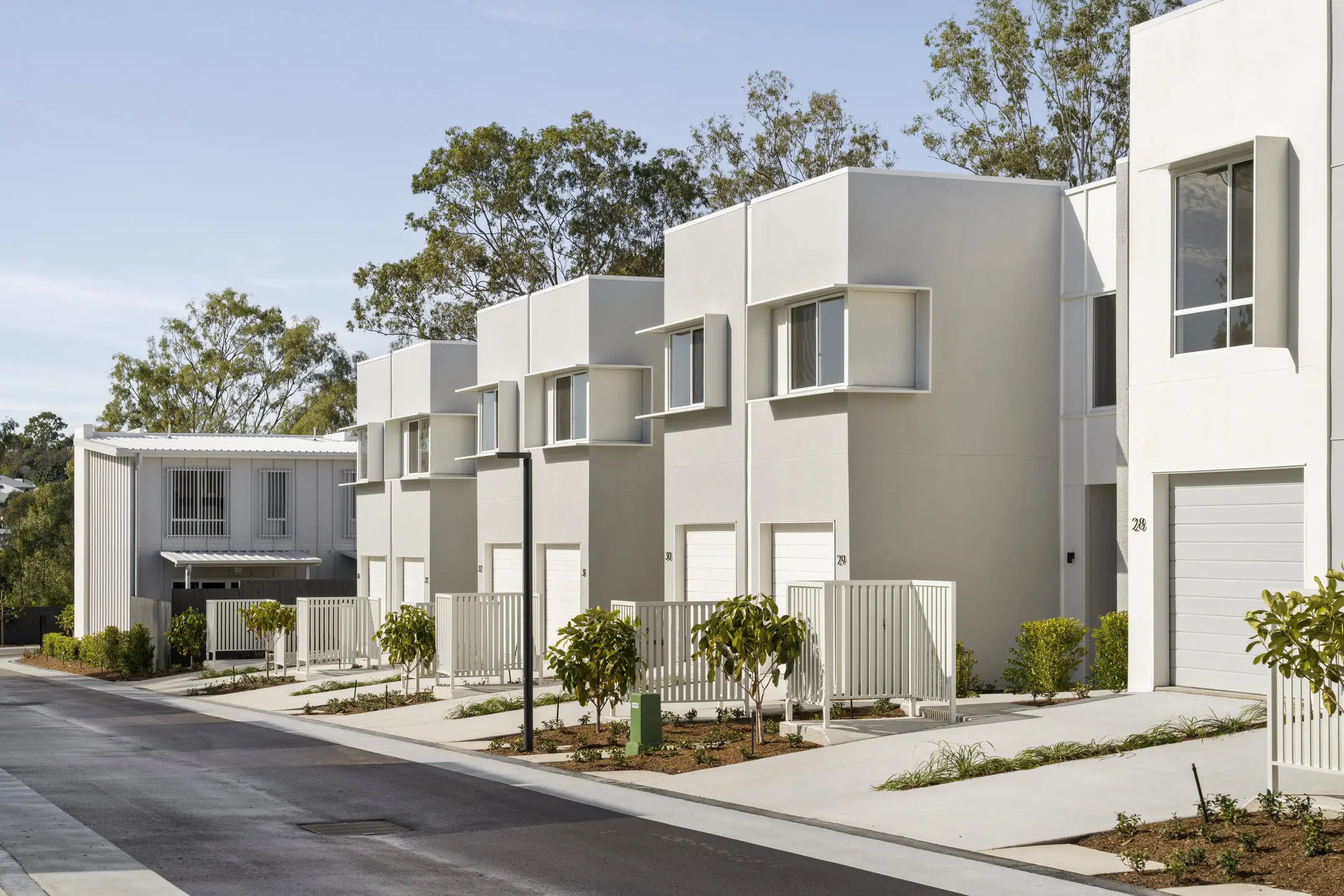
Are you interested in property investment but don’t know how to predict when a suburb is going to experience sudden growth? It’s a common problem investors have but there are some key indicators that the best in the business use to tip them off about an up-and-coming postcode.
The ripple effect
Savvy investors will know to keep a look-out for what is commonly known as ‘the ripple effect’ — where one suburb has experienced rapid growth or regentrification and buyers are looking to get a piece of the action by buying homes in the neighbouring suburbs at a lower price.
Take Brunswick in Melbourne, for example. This suburb was once an unpopular industrial area and now it’s a residential hotspot for home buyers of all kinds. Its neighbour, Coburg, is now in the spotlight and savvy investors are keeping their eyes on the value of property in the area. Townhouses, typically priced around $900,000 in Brunswick, start in the $700k range at projects like Coburg Collective.

Investment in public transport structures
We all want convenience — it’s one of the reasons we’ll accept a smaller home at a higher price, just to remain within proximity of our workplaces, universities or schools. So when the government plans new public transport structures, you can bet areas near the new routes will flourish.
Sydney’s north-west region is a prime example of this concept. Since the plans for Sydney’s new Metro train stations was announced, developers have been investing in sites in North Ryde, and its surrounding suburbs along the route.
Now you can purchase an apartment at projects such as Ryde Garden, where 1 and 2 bedroom homes are priced between $500,000 and $850,000 — and 3 bedroom homes cost between $1,160,000 and $1,350,000 — a fraction of the price of those offered in neighbouring Chatswood or Macquarie Park. These homes are cheaper now but are likely to grow over time to a similar value.

New amenities
Remaining within a short walk or drive of retail and lifestyle amenities is just as important as living near public transport. As life gets busier, the amount of time we’re willing to spend picking up groceries or going to the doctors or post office shrinks.
Keep an eye on projects like Ed.Square in Sydney or DKSN in Canberra. These mixed-use precincts are building their own town centres which will become new retail and hospitality destinations, drawing visitors from both the neighbourhood as well as surrounding suburbs.

Rental yields/Vacancy rates
Examine the data. Head to reputable websites, such as CoreLogic, and check out the most recent reports on rental yields and vacancy rates in the area you suspect may experience a boom. You’ll know you’re right when you see a decrease in vacancy rates from the previous year – it’s a reasonable sign that the suburb is gaining in popularity.



